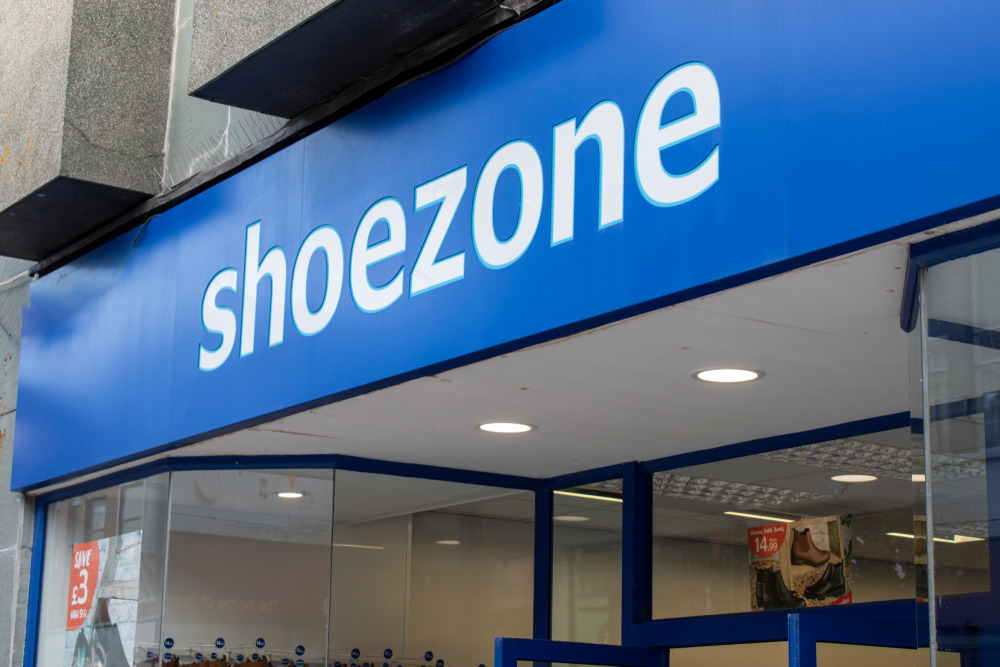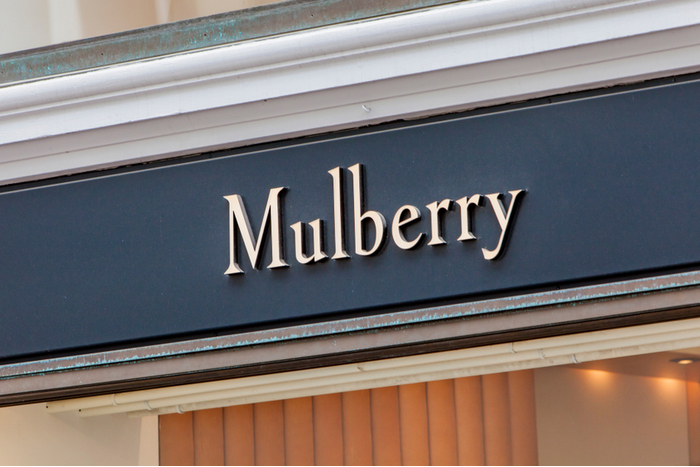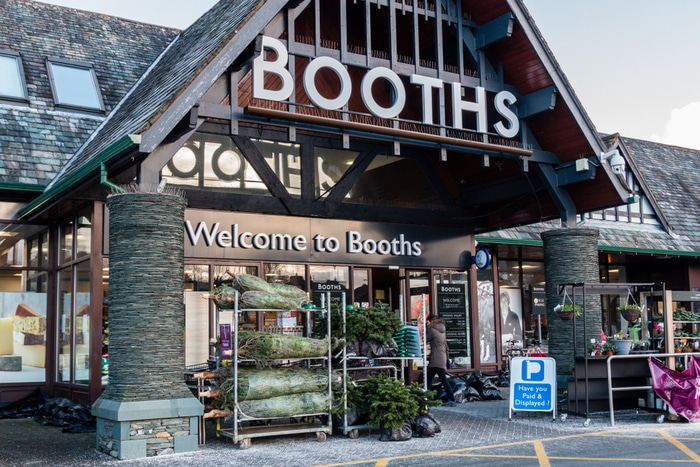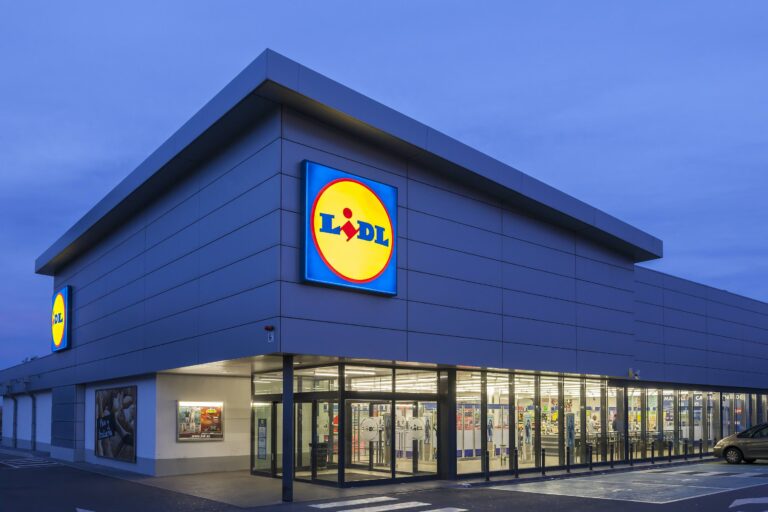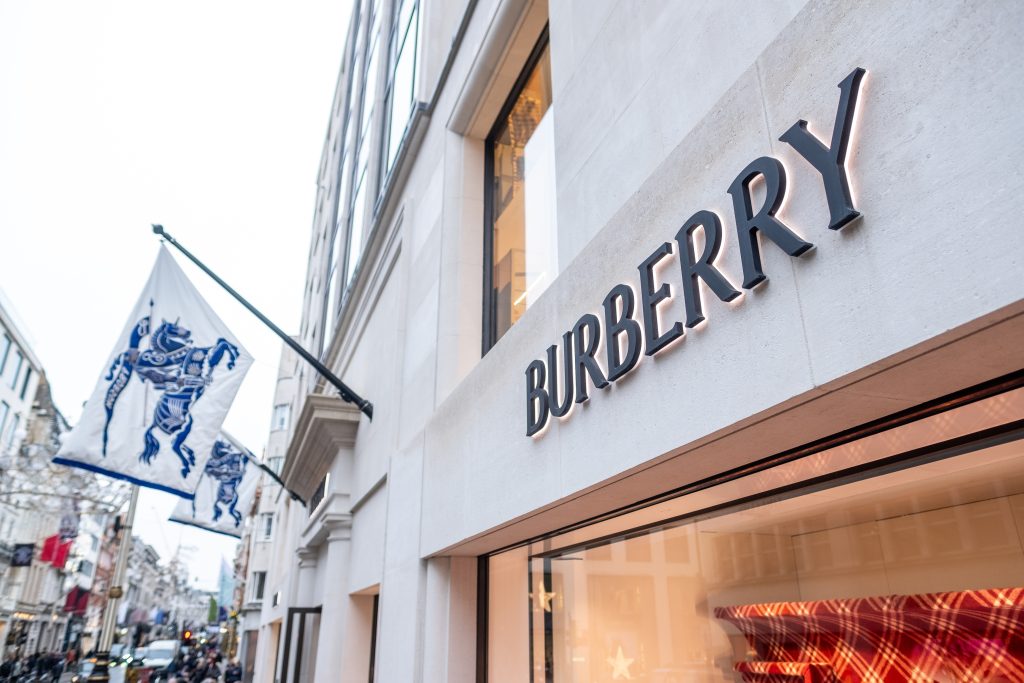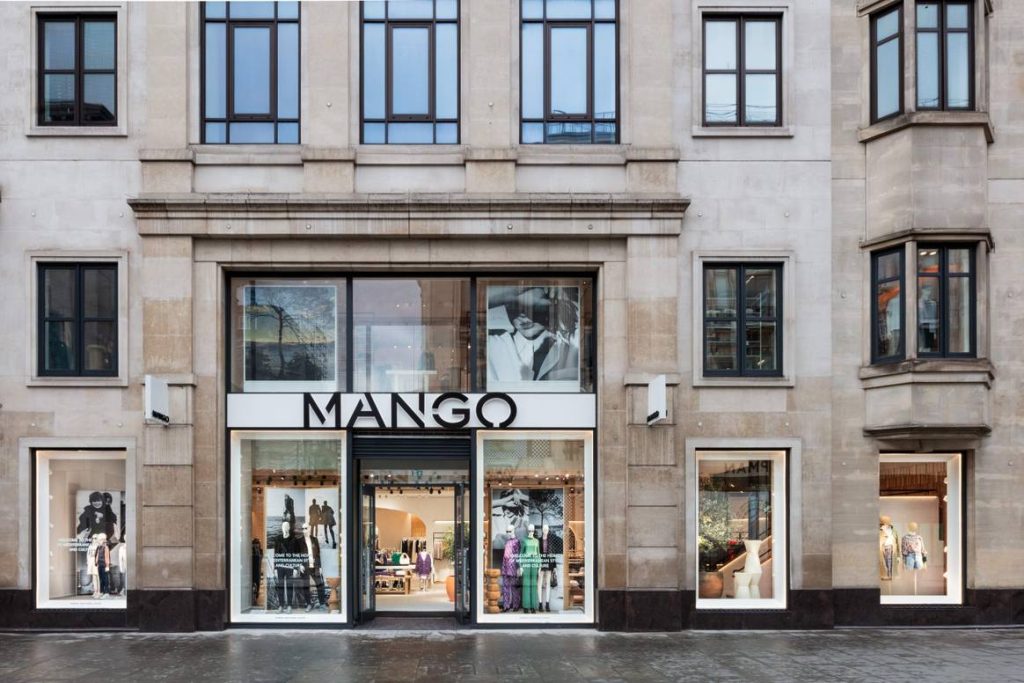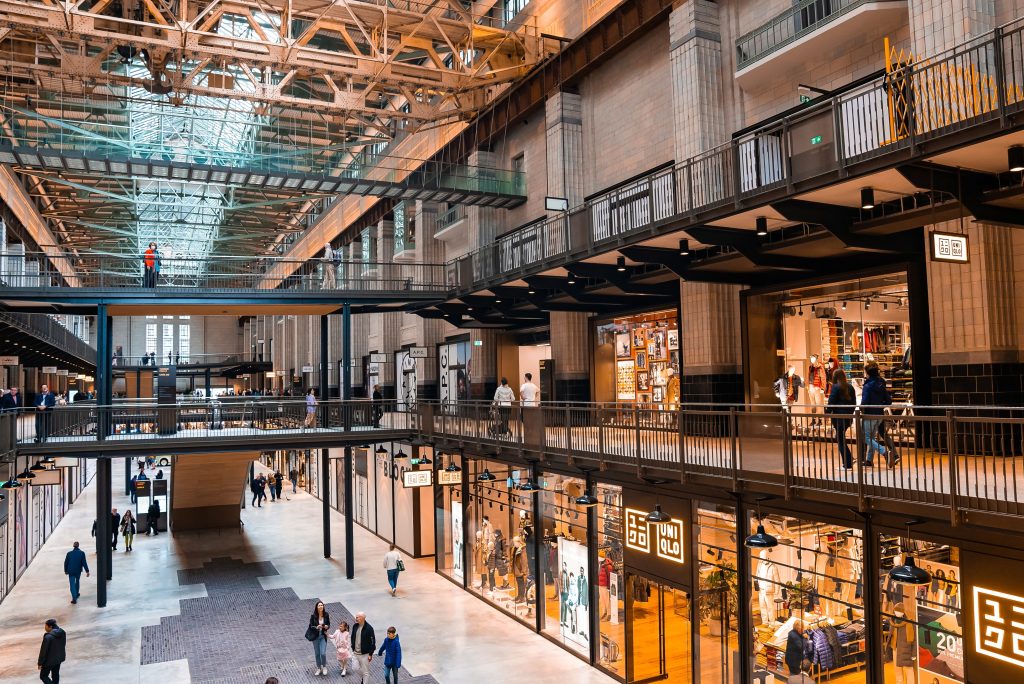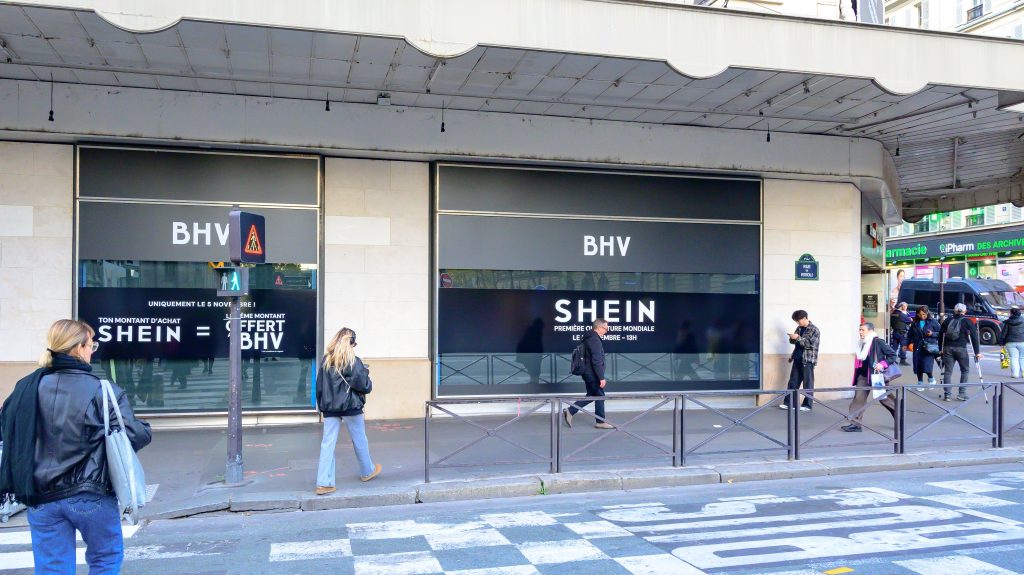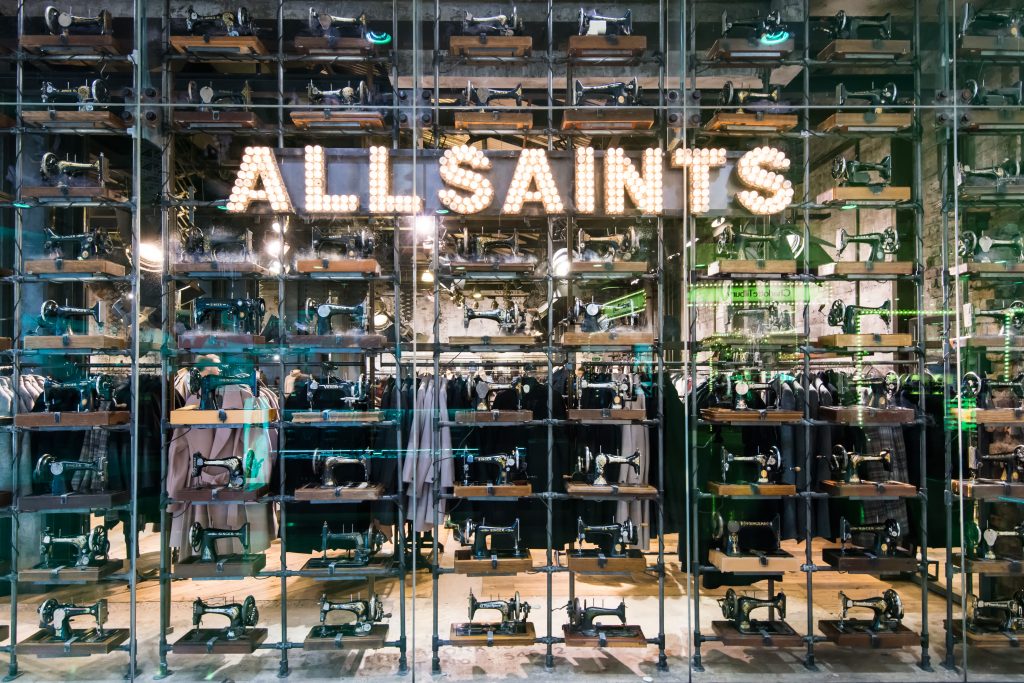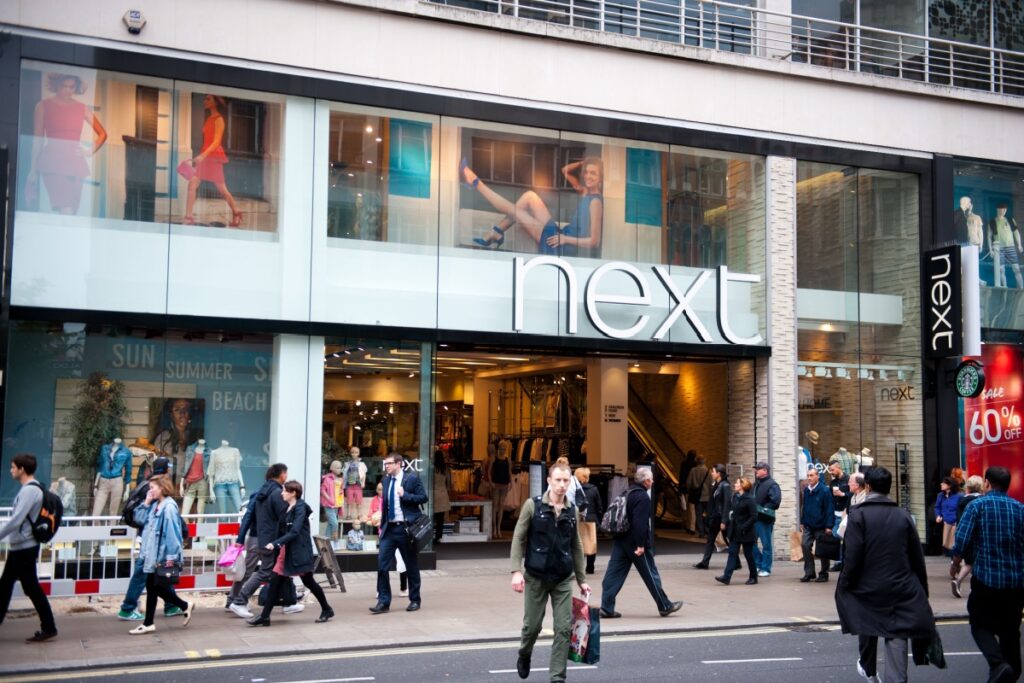Are consumers applying the brakes to fast fashion? When we analysed results and customer sentiment from the Christmas 2013 period, many ‘affordable‘ high-street retailers appeared to fall out of favour with UK consumers.
Our ongoing PragMarket UK Consumer Tracker revealed falling Net Promoter Scores (NPS – a widely used customer loyalty and satisfaction measurement system) of many of these retailers in December, including TK Maxx, ASOS, New Look and Topshop. Topshop emerged as the retailer suffering from the most dramatic fall in NPS, plummeting by 20 percentage points in the six months to December (June 2013: 22%; December 2013: 2%).
In part, this could have been attributable to the wider shopping repertoire in general of consumers over the Christmas period, resulting in fewer advocates for these retailers during this key season. However, might this be a signal of a broader trend in affordable fashion? Has the British consumer started to fall out of love with it?
The rise of fast fashion over the past few years has been rapid. Consumers were drawn towards affordable retailers, not just in fashion, but across many other retail sectors, driven by economic difficulties and tightening personal budgets. Moreover, affordable fashion retailers rapidly improved, becoming nimble and quick to respond to fashion trends.
Affordable fashion remains heavily exposed on social media, especially with the rise of Instagram and Pinterest, yet many affordable fashion retailers have seen falling NPS scores. There is much evidence of increasing consumer confidence in the economy and it is likely that this has been drawing people away from discounts and offers, and back towards the more aspirational brands and purchases. Furthermore, affordable fashion retailers themselves have, in general, been slowly increasing their prices, either through their main brand or with the introduction of new fascias, such as H&M‘s ‘& Other Stories‘. This could help consumers justify their spend on higher-priced goods.
There is one over-riding problem facing affordable fashion retailers: they do not breed loyalty. The modern consumer tends to shop around for different wardrobe items, influenced by magazines and social media. With their lack of loyalty and growing consumer confidence, the modern shopper takes more risks, both fashion- and money-wise; they are more likely to opt for the occasional splurge or pay-day purchase and cut back on their more spontaneous affordable fashion purchases.
Does the evidence signal the demise of affordable fashion retailers? Will their NPS scores continue to decline as the economy strengthens?
I believe affordable fashion is too important to be in serious decline. There will always be a market for it. This does not mark the end – but there will be winners and losers. Competition is fierce. These retailers generate little loyal behaviour, as consumers are willing to hop from one affordable retailer to the next for their fashion fix. Therefore, affordable fashion retailers need to pull out all the stops to ensure that they have strong buying, merchandising and product development teams, along with a streamlined multichannel offering to keep their offer up-to-date, competitive and desirable.

